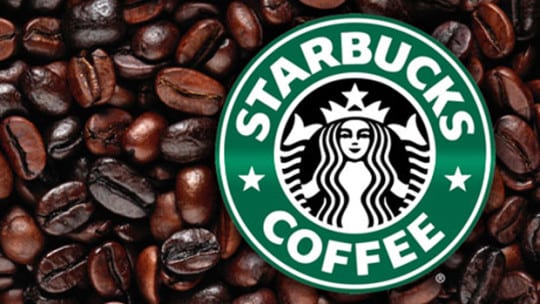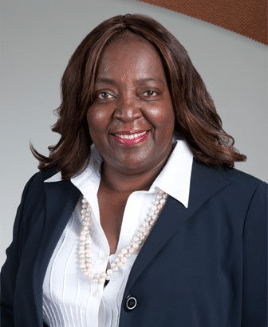
As we say in This Week in PR, you could look at the Starbucks situation in several ways: for a brand with such a progressive stance on diversity and inclusion, it didn’t deserve to get blasted the way it did, or when you’ve staked out such a high-profile position, you’ve set the bar high and any incident can result in a difficult situation.
For the most part Starbucks put its progressive platform in the background and eventually owned the situation, choosing to close its stores May 29 for antibias training for 175,000 employees. Did it make the right choice? We asked several PR pros and academic for their thoughts.
![gene-grabowski-headshot-2[1][1]](https://www.prnewsonline.com//wp-content/uploads/2018/04/gene-grabowski-headshot-211.jpg)
Gene Grabowski, partner, Kglobal, says, “It’s important for individuals and institutions in crisis to make a sacrifice that publicly demonstrates a commitment to change behaviors.” The May 29 closure does that, he says. Starbucks is “sending a strong message to workers and customers that it is doing more than merely apologizing and making promises.” Grabowski also gives CEO Kevin Johnson credit for creating a training program with the help of “prominent people,” such as former U.S. Attorney General Eric Holder.
Sandra Taylor, a member of APCO Worldwide’s international advisory council and a former Starbucks SVP, says the move to close stores for diversity training differentiates the brand from other quick-serve restaurants. “I don’t know another such company that goes beyond antibias in hiring, promotions etc and embraces antibias training in customer relations.”
Still, “I don’t know if it was necessary to do it all at once nationwide.” Yet “that investment signals the company’s commitment to changing behavior… it also means all store employees will get the training, not just store managers...[and] store employees will understand how critical antibias is to the company culture.”

International Advisory Council, APCO Worldwide
We asked about the downsides. “Some other retailers may consider Starbucks’ action to be grand-standing that will lead to pressure on them to replicate the coffee retailer’s store-closing and training program,” Grabowski says. To some, nothing Starbucks does will be enough, he adds.
Taylor believes customers may view it “as an overly dramatic move.” They’ll “need to see how this makes a difference...in terms of how some groups are treated.” Taylor believes much needs to go into designing the diversity training. “They’ll need to incorporate this training into orientation for new employees going forward,” he says.
Restitution and Commitment

Maryville University
We asked Dustin York,director of the undergraduate communications program at Maryville University, about how Starbucks can regain its image. “People generally forgive when organizations are truly apologetic and take honest and transparent steps to rectify a situation,” he says.
Invite the men who were wrongly arrested to be present in one of Starbucks’ racial bias training sessions, York says. Keep out the media, but create a blog post to share the educational experience. “This would show Starbucks’ vulnerability and desire to learn and grow, rather than exploit the situation for positive publicity.”
He also recommends bringing in a third-party diversity & inclusion organization to audit and provide consultation at all levels. Give this group “full access,” he says. “A self-investigation will not build customer trust.”
